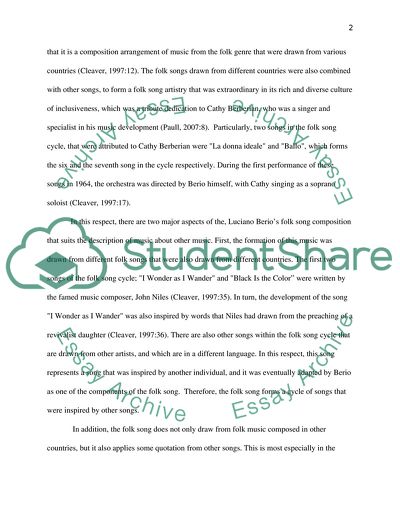Cite this document
(“Music about Music as Part of Twentieth-Century Discourse Essay”, n.d.)
Music about Music as Part of Twentieth-Century Discourse Essay. Retrieved from https://studentshare.org/music/1640248-music-since-1900-modernism-and-postmodernism-essay-question-a-music-about-music-had-always-been-part-of-twentieth-century
Music about Music as Part of Twentieth-Century Discourse Essay. Retrieved from https://studentshare.org/music/1640248-music-since-1900-modernism-and-postmodernism-essay-question-a-music-about-music-had-always-been-part-of-twentieth-century
(Music about Music As Part of Twentieth-Century Discourse Essay)
Music about Music As Part of Twentieth-Century Discourse Essay. https://studentshare.org/music/1640248-music-since-1900-modernism-and-postmodernism-essay-question-a-music-about-music-had-always-been-part-of-twentieth-century.
Music about Music As Part of Twentieth-Century Discourse Essay. https://studentshare.org/music/1640248-music-since-1900-modernism-and-postmodernism-essay-question-a-music-about-music-had-always-been-part-of-twentieth-century.
“Music about Music As Part of Twentieth-Century Discourse Essay”, n.d. https://studentshare.org/music/1640248-music-since-1900-modernism-and-postmodernism-essay-question-a-music-about-music-had-always-been-part-of-twentieth-century.


